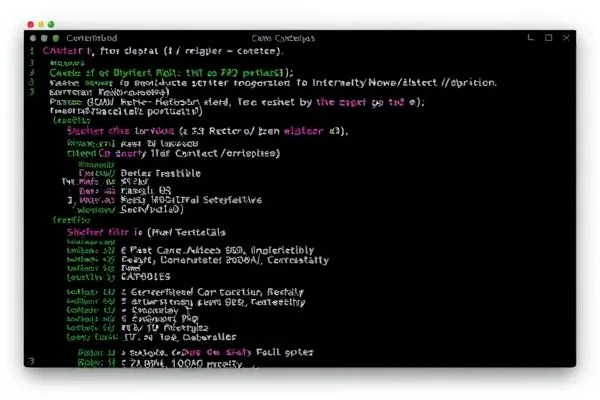As cybersecurity threats continue to evolve, service providers must prioritize NIST compliance to safeguard sensitive client data and maintain regulatory standards. This article provides a comprehensive guide that outlines the necessary steps and strategies service providers can implement to effectively navigate NIST compliance.
Key Takeaways:
- Recognize the critical importance of NIST compliance for cybersecurity.
- Familiarize with key NIST frameworks, including CSF 2.0 and NIST 800-53.
- Utilize automation tools to enhance efficiency and accuracy in compliance processes.
- Understand common challenges and effective strategies to tackle them head-on.
Understanding NIST Compliance
NIST compliance encompasses aligning an organization’s cybersecurity practices with the standards established by the National Institute of Standards and Technology. This alignment is vital for service providers as it helps streamline cybersecurity practices, ensuring enhanced security posture, effective risk management, and operational sustainability.
Importance of NIST Compliance for Service Providers
Achieving NIST compliance is essential for service providers for several reasons:
- Improved Security: Ensures robust identification and mitigation of cybersecurity risks.
- Regulatory Compliance: Aids in alignment with essential industry standards such as HIPAA, PCI-DSS, and others.
- Market Advantage: Positions service providers as trusted partners committed to the highest standards of cybersecurity.
Core NIST Frameworks to Know
Service providers should focus on the following frameworks:
- NIST Cybersecurity Framework (CSF) 2.0: A flexible framework designed to enhance the cybersecurity posture of organizations.
- NIST 800-53: A catalog of security and privacy controls suitable for both federal agencies and private sectors.
- NIST 800-171: Essential for contractors handling Controlled Unclassified Information.
Common Barriers to Achieving NIST Compliance
Service providers may face barriers such as:
- Resource Limitations: Budget constraints necessitate focusing on high-impact security controls and tools.
- Asset Management Issues: Utilizing automated asset discovery tools can help maintain an accurate inventory.
- Vendor Management Challenges: Implementing thorough supplier assessments and embedding security requirements in contracts can mitigate risks.
Step-by-Step Guide to NIST Compliance
Establishing NIST compliance involves systematic steps:
- Conducting a comprehensive Gap Analysis
- Formulating Security Policies and Procedures
- Executing thorough Risk Assessment
- Implementing Security Controls and Measures
- Documenting Compliance Efforts for future audits
- Conducting Regular Assessments and Reviews
- Establishing a Continuing Monitoring and Improvement plan
The Role of Automation in Compliance
Automation enhances the ability of service providers to efficiently manage compliance tasks, reducing manual workload and minimizing errors. Tools like Cynomi aide in automating compliance tasks, which can lead to significant resources saved while ensuring timely reporting and updates.
Conclusion: Pursuing NIST compliance is essential for service providers in protecting their clients’ data and bolstering their cybersecurity preparedness. By employing structured strategies, including automation, service providers can navigate the complexities of NIST compliance and gain a competitive edge.
FAQs:
- What processes are involved in achieving NIST compliance?
- How can compliance foster trust with clients?
- What automation solutions are best suited for compliance management?
- Are there specific industries that necessitate high adherence to NIST standards?
Follow us on our social channels for the most recent cybersecurity trends and insights!









